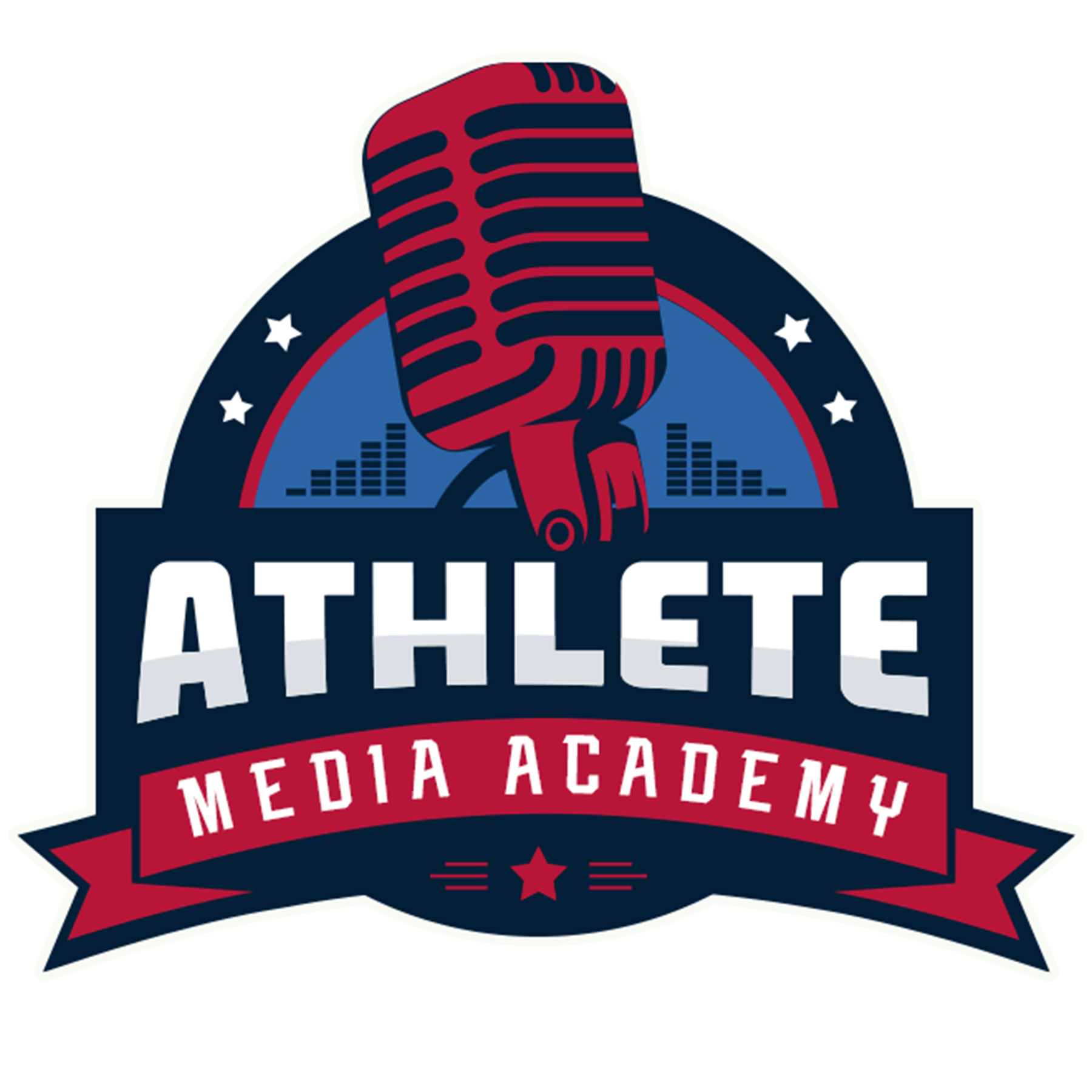Section 3, Lesson 4 – Developing an Effective Content Strategy
Lesson Overview
An effective content strategy helps athletes maintain consistency, engagement, and brand alignment across their social media platforms. Without a clear strategy, posts can feel disorganized or fail to connect with an audience. This lesson explores how athletes can develop a structured content plan that aligns with their goals and maximizes their social media presence.
Learning Objectives
By the end of this lesson, athletes will be able to:
✅ Define the key components of a content strategy.
✅ Align content with personal brand values and audience expectations.
✅ Develop a structured approach to content planning and execution.
✅ Optimize content for different platforms while maintaining consistency.
Section 1: The Foundations of a Content Strategy
A content strategy provides a roadmap for creating, posting, and managing content effectively.
✔️ Setting Clear Goals: Define what the athlete wants to achieve—brand awareness, sponsorships, engagement, or thought leadership.
✔️ Understanding the Target Audience: Identify what type of content resonates most with followers.
✔️ Selecting Core Content Pillars: Establish 3-5 main topics that will shape posts (e.g., training, personal life, motivation, sponsorships).
✔️ Choosing the Right Platforms: Optimize content for different platforms based on audience preferences.
Section 2: Structuring a Content Plan
A structured content plan helps athletes stay consistent and relevant.
✔️ Creating a Posting Schedule: Determine how often to post while maintaining quality.
✔️ Balancing Content Types: Mix storytelling, educational, promotional, and engagement-driven posts.
✔️ Using a Content Calendar: Plan posts in advance to ensure variety and consistency.
✔️ Adapting Content for Different Platforms: Tailor posts based on platform requirements (e.g., Instagram for visuals, Twitter for quick updates).
🔹 Activity: Draft a one-week content schedule, outlining post types and intended audience engagement strategies.
Section 3: Optimizing Content for Engagement & Growth
Strategic content planning involves not only what to post but also how to maximize impact.
✔️ Crafting Compelling Captions: Write engaging captions that encourage likes, shares, and comments.
✔️ Using Hashtags & Keywords: Improve content discoverability through strategic tagging.
✔️ Incorporating Call-to-Actions (CTAs): Guide followers to interact by asking questions or prompting responses.
✔️ Monitoring Performance & Adjusting Strategy: Analyze engagement metrics to refine content approaches.
🔹 Exercise: Create a sample post with a strong CTA and analyze its potential impact.
Example Post:
Video: A slow-motion shot of you training solo.
Caption: Growth doesn’t happen when the cameras are on. It happens in the quiet hours — no crowds, no lights, just work.
If you’re building something this season — mindset, game, brand — drop a 🔥 below and let’s keep each other locked in.
Tag a teammate who’s been putting in the extra work.
We don’t wait to be noticed. We build.
#AthleteOnAMission #BrandBuilding #StayLockedIn #MediaSavvyMoves
Final Takeaways & Next Steps
✔️ Final Activity: Finalize your content strategy framework, including goals, content pillars, and posting schedule.
✔️ Key Takeaway: A well-developed content strategy ensures long-term growth, brand consistency, and meaningful engagement.
✅ Next Steps:
- Implement the content strategy over the next month.
- Track engagement and make adjustments based on performance data.

